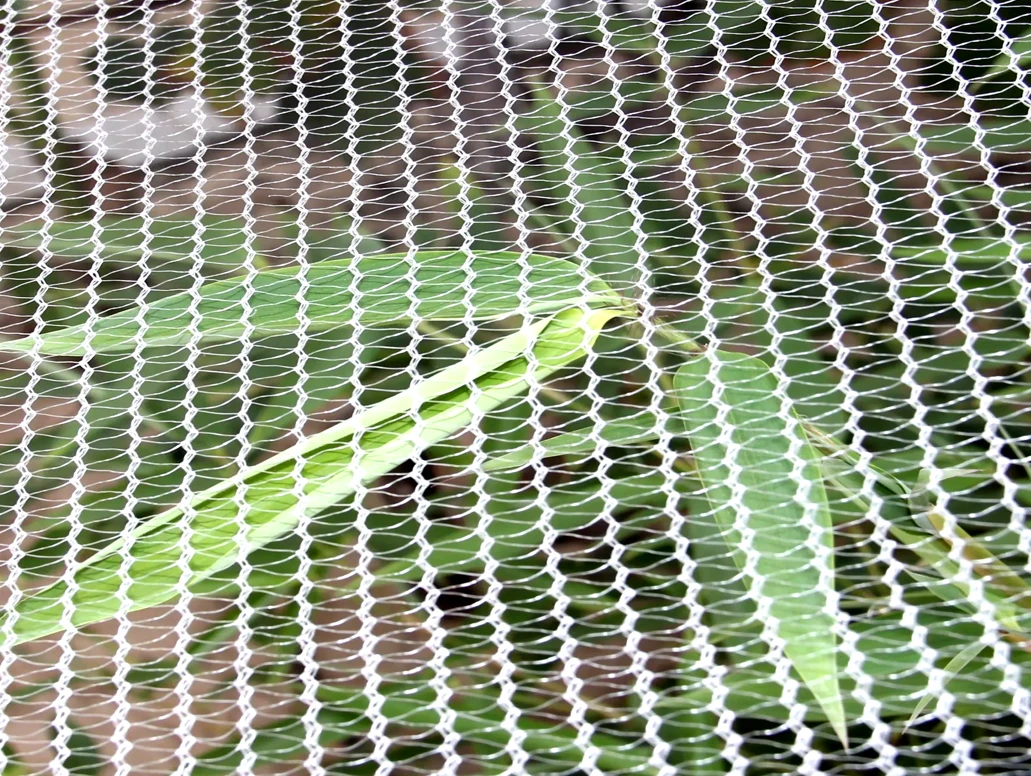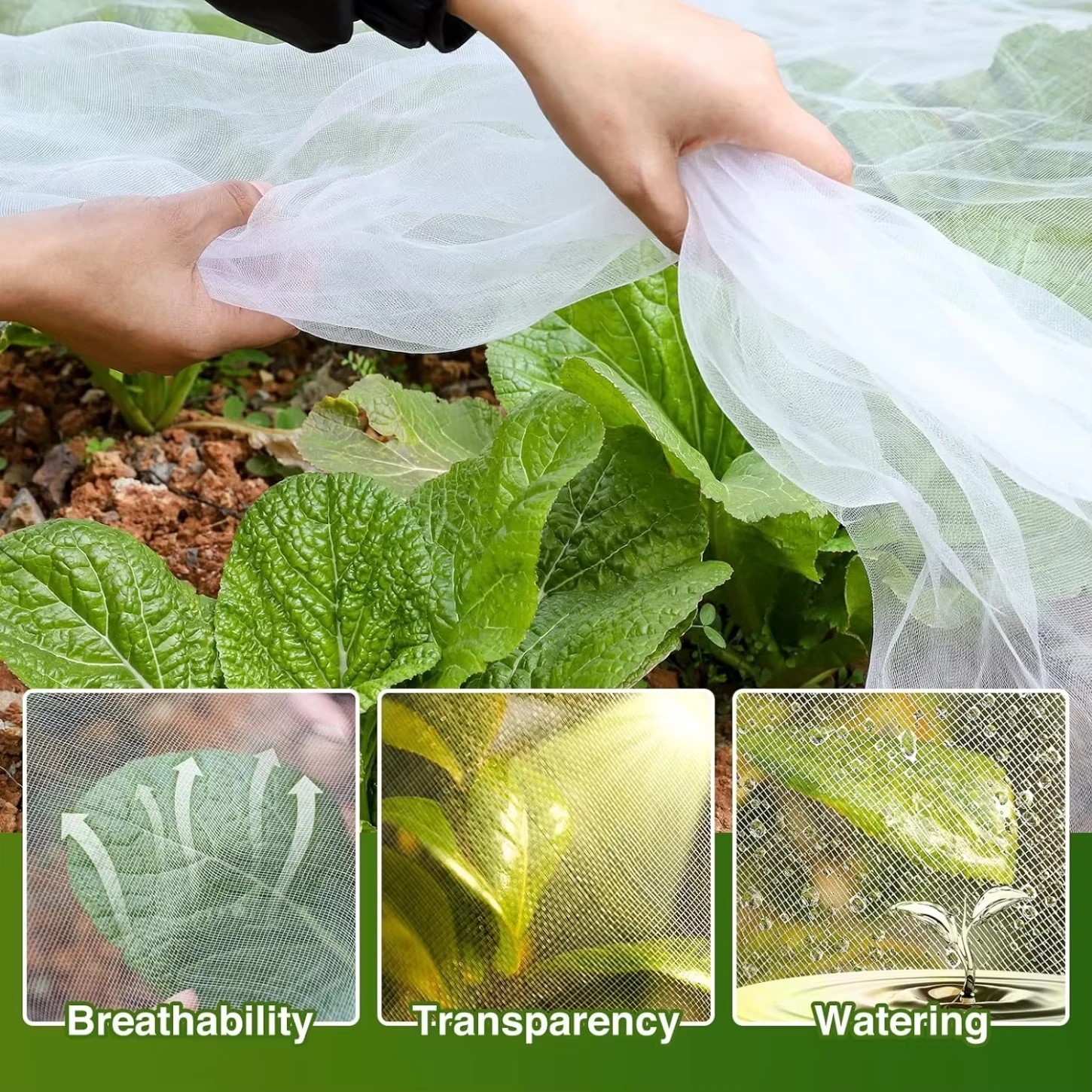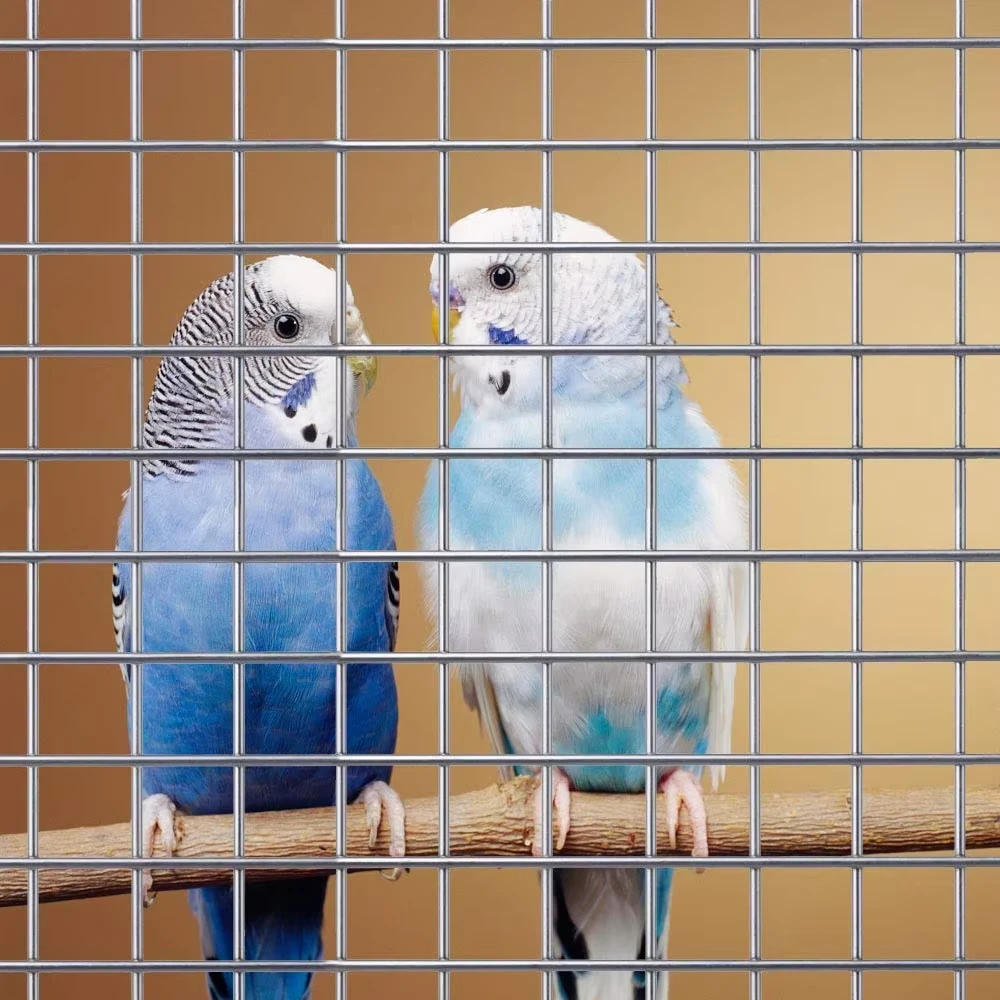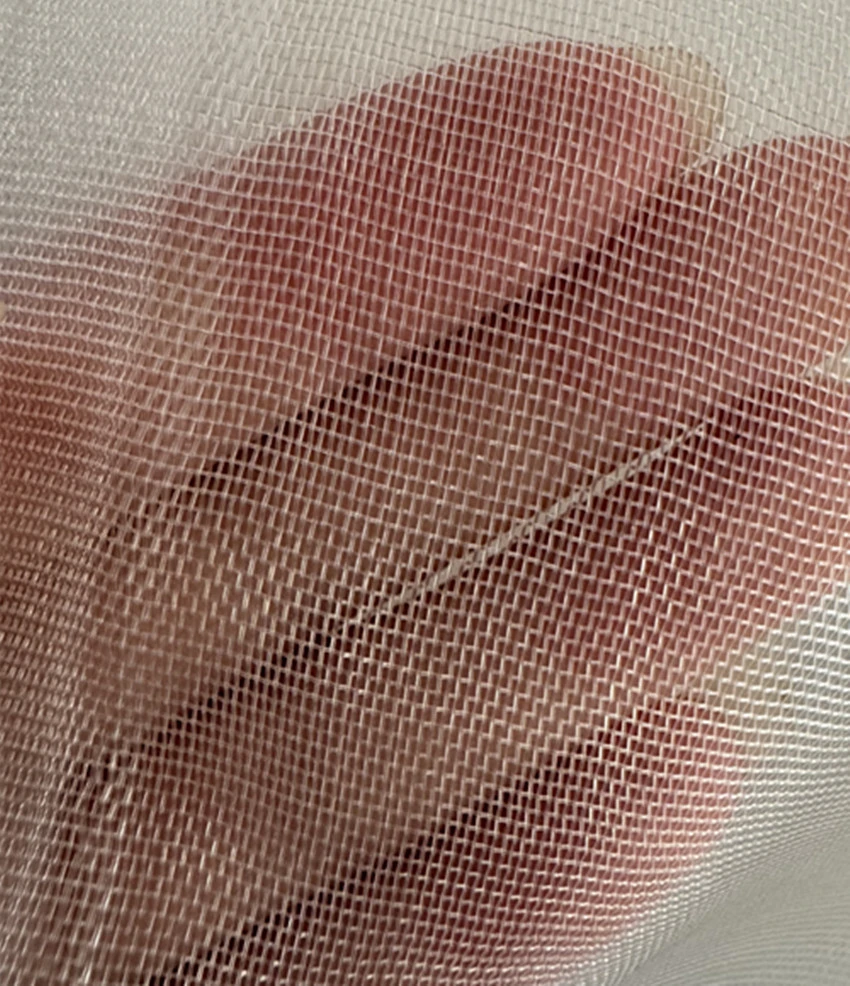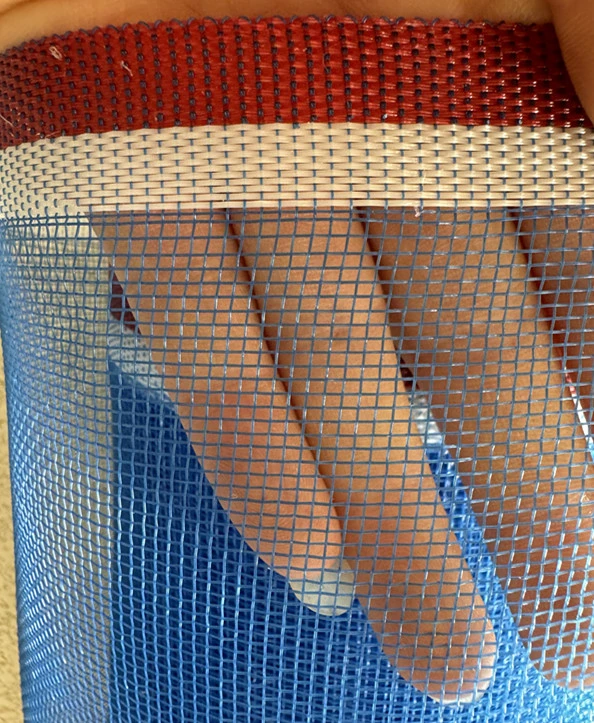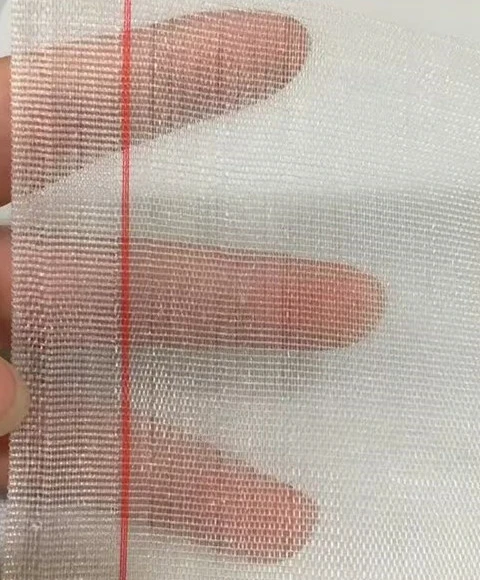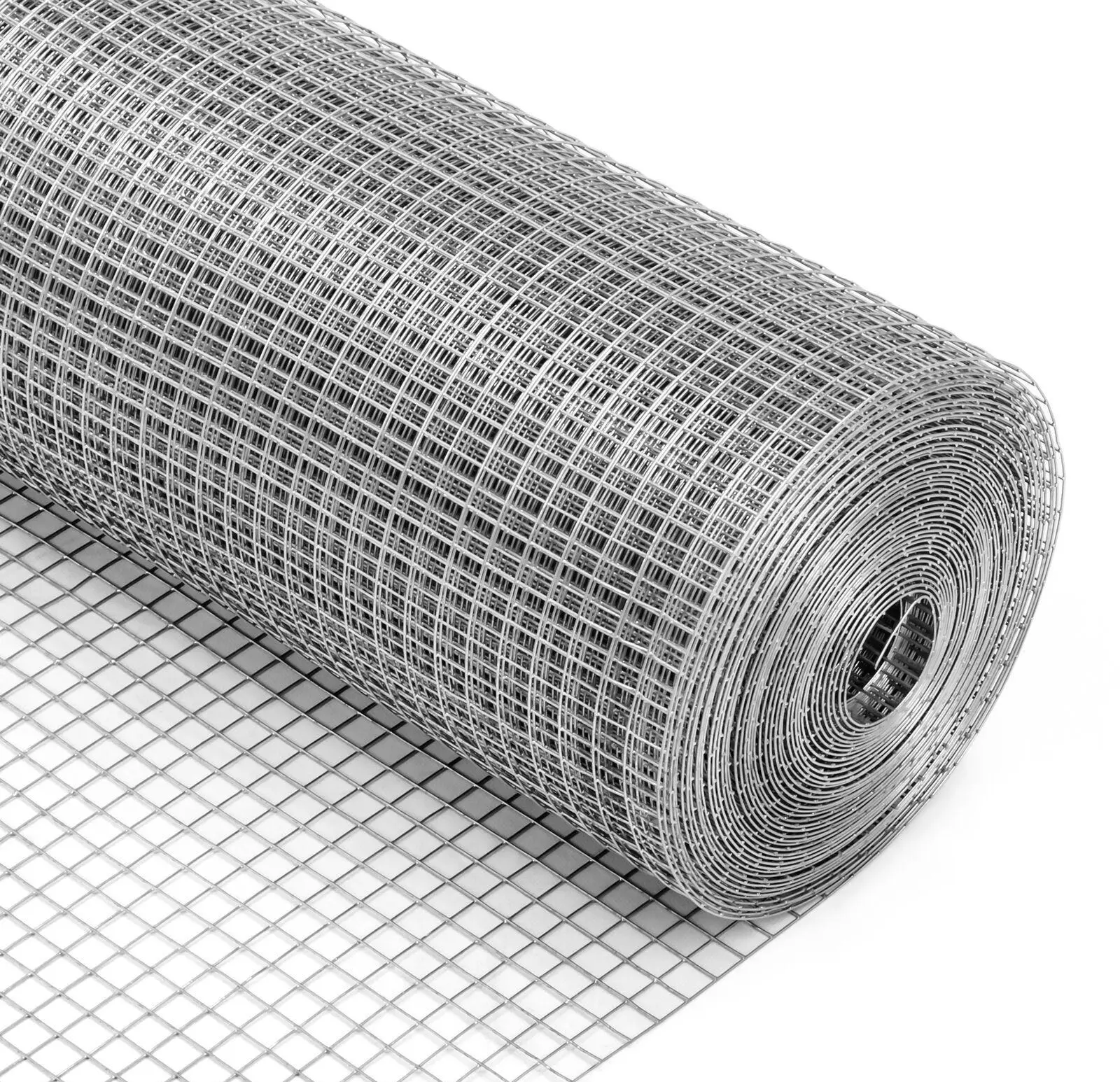-
 Afrikaans
Afrikaans -
 Albanian
Albanian -
 Amharic
Amharic -
 Arabic
Arabic -
 Armenian
Armenian -
 Azerbaijani
Azerbaijani -
 Basque
Basque -
 Belarusian
Belarusian -
 Bengali
Bengali -
 Bosnian
Bosnian -
 Bulgarian
Bulgarian -
 Catalan
Catalan -
 Cebuano
Cebuano -
 China
China -
 Corsican
Corsican -
 Croatian
Croatian -
 Czech
Czech -
 Danish
Danish -
 Dutch
Dutch -
 English
English -
 Esperanto
Esperanto -
 Estonian
Estonian -
 Finnish
Finnish -
 French
French -
 Frisian
Frisian -
 Galician
Galician -
 Georgian
Georgian -
 German
German -
 Greek
Greek -
 Gujarati
Gujarati -
 Haitian Creole
Haitian Creole -
 hausa
hausa -
 hawaiian
hawaiian -
 Hebrew
Hebrew -
 Hindi
Hindi -
 Miao
Miao -
 Hungarian
Hungarian -
 Icelandic
Icelandic -
 igbo
igbo -
 Indonesian
Indonesian -
 irish
irish -
 Italian
Italian -
 Japanese
Japanese -
 Javanese
Javanese -
 Kannada
Kannada -
 kazakh
kazakh -
 Khmer
Khmer -
 Rwandese
Rwandese -
 Korean
Korean -
 Kurdish
Kurdish -
 Kyrgyz
Kyrgyz -
 Lao
Lao -
 Latin
Latin -
 Latvian
Latvian -
 Lithuanian
Lithuanian -
 Luxembourgish
Luxembourgish -
 Macedonian
Macedonian -
 Malgashi
Malgashi -
 Malay
Malay -
 Malayalam
Malayalam -
 Maltese
Maltese -
 Maori
Maori -
 Marathi
Marathi -
 Mongolian
Mongolian -
 Myanmar
Myanmar -
 Nepali
Nepali -
 Norwegian
Norwegian -
 Norwegian
Norwegian -
 Occitan
Occitan -
 Pashto
Pashto -
 Persian
Persian -
 Polish
Polish -
 Portuguese
Portuguese -
 Punjabi
Punjabi -
 Romanian
Romanian -
 Russian
Russian -
 Samoan
Samoan -
 Scottish Gaelic
Scottish Gaelic -
 Serbian
Serbian -
 Sesotho
Sesotho -
 Shona
Shona -
 Sindhi
Sindhi -
 Sinhala
Sinhala -
 Slovak
Slovak -
 Slovenian
Slovenian -
 Somali
Somali -
 Spanish
Spanish -
 Sundanese
Sundanese -
 Swahili
Swahili -
 Swedish
Swedish -
 Tagalog
Tagalog -
 Tajik
Tajik -
 Tamil
Tamil -
 Tatar
Tatar -
 Telugu
Telugu -
 Thai
Thai -
 Turkish
Turkish -
 Turkmen
Turkmen -
 Ukrainian
Ukrainian -
 Urdu
Urdu -
 Uighur
Uighur -
 Uzbek
Uzbek -
 Vietnamese
Vietnamese -
 Welsh
Welsh -
 Bantu
Bantu -
 Yiddish
Yiddish -
 Yoruba
Yoruba -
 Zulu
Zulu
Breeding net saves costs
As global demand for seafood continues to rise, aquaculture has emerged as a cornerstone of sustainable food production. Behind every successful aquaculture operation lies a suite of specialized tools designed to optimize growth, protect vulnerable species, and streamline operations. Among these tools, the breeding net, fish breeding net, and mesh breeder box stand out as indispensable for fry rearing and fish breeding. These products create controlled environments that shield young fish from threats, enhance survival rates, and simplify management for farmers and hobbyists alike. In this guide, we’ll explore the functionality, features, and best practices for using these essential tools, ensuring you have the knowledge to elevate your aquaculture success.
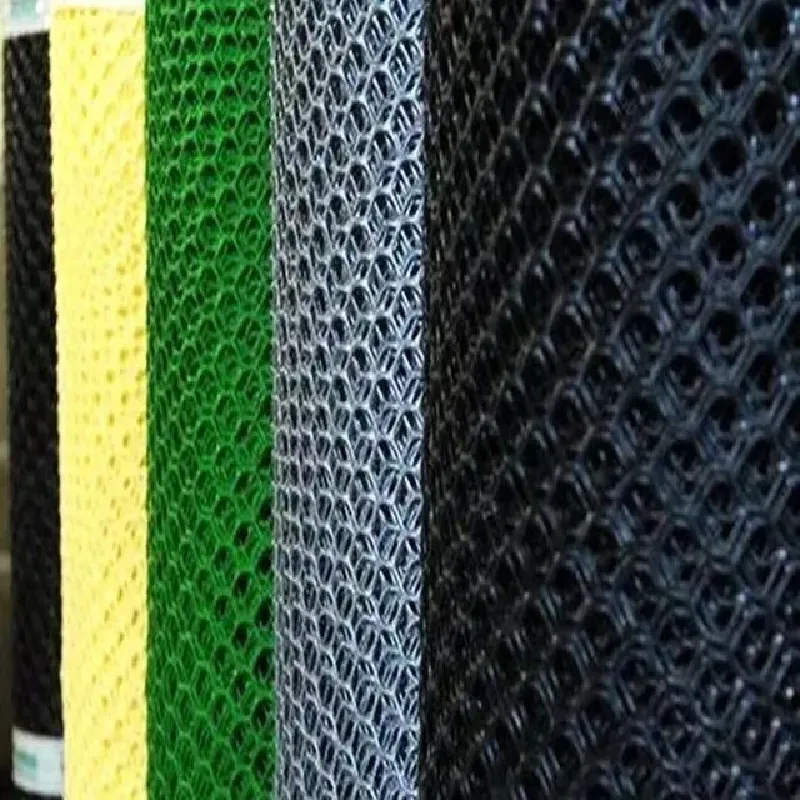
The Role of Fish Breeding Net in Modern Aquaculture Success
The fish breeding net is a foundational tool in aquaculture, serving as a protective barrier that safeguards fry during their most critical developmental stages. In both commercial farms and home aquariums, the primary goal of a fish breeding net is to create a micro environment where young fish can thrive without competition or predation.
One of the most significant challenges in fish breeding net is ensuring fry survival, and the fish breeding net directly addresses this by separating fry from adult fish. Adult fish, even those of the same species, may exhibit cannibalistic behavior, especially when resources are limited. A fish breeding net eliminates this risk by maintaining a physical barrier, allowing fry to feed undisturbed and grow at a steady pace. Additionally, fish breeding net systems are designed to promote water circulation, ensuring that oxygen-rich water flows freely through the mesh while waste products are flushed out—critical for preventing disease and maintaining water quality.
Beyond protection, fish breeding net products also facilitate easier monitoring of fry health. Farmers can observe growth patterns, track feeding habits, and identify potential issues without disturbing the entire population. This level of control is invaluable for optimizing feeding schedules and adjusting environmental conditions, ultimately leading to higher yields and healthier adult fish.
Key Features to Look for in a Durable Breeding Net
Choosing the right breeding net is a decision that impacts both short-term fry survival and long-term operational efficiency. A high-quality breeding net must balance durability, functionality, and adaptability to different aquatic environments. To make an informed choice, consider the following key features:
|
Feature |
Description |
Benefit for Aquaculture Operations |
|
Material Composition |
Most breeding net products use nylon, polyethylene, or polyester. |
Nylon offers stretch resistance; polyethylene resists UV damage; polyester provides high tensile strength. |
|
Mesh Density |
Measured in millimeters (mm), ranging from 0.3mm for tiny fry to 10mm for juveniles. |
Prevents escape of fry while blocking predators and debris. |
|
Structural Reinforcement |
Reinforced edges, double stitching, and rust-resistant grommets. |
Prevents tearing under tension, ensuring long-term reliability. |
|
Chemical Resistance |
Resistance to chlorine, saltwater, and aquaculture treatments. |
Extends lifespan in harsh environments like marine or treated tanks. |
A durable breeding net should also be lightweight and easy to handle, reducing labor costs during installation and maintenance. Flexibility is another key trait—nets that can be cut to size or shaped to fit tanks, ponds, or cages adapt to diverse setups, from small home aquariums to large commercial ponds. By prioritizing these features, you ensure your breeding net remains effective season after season.
How Mesh Breeder Box Enhances Fry Protection in Controlled Environments
While breeding net and fish breeding net products excel in open ponds or large tanks, the mesh breeder box is specifically designed for smaller, more controlled environments like home aquariums or indoor hatcheries. This compact, enclosed structure offers unique advantages for fry rearing, making it a favorite among hobbyists and small-scale breeders.
The mesh breeder box combines the protective benefits of a net with the convenience of a self-contained unit. Unlike traditional nets that require external support, a mesh breeder box typically features a rigid frame (often plastic) with a fine mesh body, creating a secure space that sits inside an existing tank. This design allows fry to remain in the same water as adult fish while staying physically separated, maintaining consistent water parameters and reducing stress from relocation.
Another key advantage of the mesh breeder box is its accessibility. Most models include a hinged lid or sliding door, making it easy to feed fry, monitor growth, or perform water changes without disturbing the main tank. The mesh sides ensure optimal water exchange, keeping oxygen levels high and waste levels low—critical for fry health. For species like guppies, bettas, or tetras, which breed frequently in home aquariums, the mesh breeder box simplifies the process of raising multiple generations.
Step-by-Step Installation Guide for Fish Breeding Net Systems
Proper installation is critical to maximizing the effectiveness of a fish breeding net. A poorly installed net may sag, tear, or create gaps that compromise fry safety. Follow this step-by-step guide to ensure your fish breeding net functions as intended:
- Assess the Environment: Determine whether the net will be used in a tank, pond, or cage. For ponds, check for uneven terrain or sharp objects (e.g., rocks, roots) that could damage the net. For tanks, measure dimensions to ensure a snug fit.
- Select Attachment Points: Identify sturdy anchor points, such as tank edges, pond liners, or posts. Use rust-resistant clips, ropes, or stakes to secure the net—avoid materials that may corrode in water.
- Prepare the Net: Unfold the fish breeding net and inspect for defects (e.g., holes, frayed edges). If cutting is needed, use sharp scissors to ensure clean edges that resist
- Secure the Net Tautly: Attach the net to anchor points, working from one end to the other to maintain even tension. A taut net prevents sagging, which can create pockets where fry might get trapped or predators might sneak in.
- Seal Gaps and Test: Check all edges and corners for gaps. Use additional clips or rope to seal any openings. Test water flow by gently stirring the water—ensure the net allows circulation without excessive movement.
Regular post-installation checks are essential to maintain the integrity of the fish Breeding net system. Inspect daily for signs of stress, such as stretching or tearing, and adjust tension as needed. By following these steps, you create a secure environment where fry can grow without interruption.
FAQS about Breeding Net, Fish Breeding Net, and Mesh Breeder Box
What size fish breeding net is best for raising salmon fry?
Salmon fry are larger than many tropical fish fry, measuring 10-15mm at hatching. A fish breeding net with a mesh size of 2-3mm is ideal, as it prevents escape while allowing small food particles and water to pass through. As fry grow to 20mm or more, transition to a 4-5mm mesh to accommodate their size without restricting movement.
How does a mesh breeder box differ from a standard breeding net?
A mesh breeder box is a self-contained unit with a rigid frame and fine mesh sides, designed for small tanks. It sits inside the main aquarium, maintaining water consistency. A standard breeding net is a flexible, frameless net that requires external support (e.g., tank edges, stakes) and is better suited for larger ponds or tanks where a compact, enclosed space isn’t necessary.
Can a breeding net be used in saltwater aquaculture?
Yes, but choose a breeding net specifically designed for saltwater use. Saltwater is corrosive, so opt for nets made from polyethylene or UV-treated nylon, which resist degradation. Additionally, saltwater breeding net products often include anti-fouling treatments to prevent algae and barnacle growth, ensuring long-term functionality.
How often should I clean my mesh breeder box to keep fry healthy?
Clean your mesh breeder box at least twice weekly to remove uneaten food, waste, and algae. Use a soft brush to gently scrub the mesh, then rinse with tank water (avoid tap water, which may contain chlorine). For deeper cleaning, soak the box in a 5% vinegar solution for 15 minutes, rinse thoroughly, and air-dry before reuse.
Can a breeding net be reused across multiple breeding cycles?
Yes, a high-quality breeding net can be reused if properly maintained. After each cycle, clean the net thoroughly, inspect for damage, and repair small holes with netting patches. Store in a cool, dry place away from sunlight to prevent UV degradation. With proper care, a durable breeding net can last 2-4 breeding cycles, making it a cost-effective investment.
At [Anping County Yongji Metal Products Co., Ltd.], we’re committed to empowering aquaculture success with top-tier tools. Our breeding net, fish breeding net, and mesh breeder box products are engineered to meet the unique needs of farmers, hobbyists, and commercial operations alike. With decades of expertise, we design each product to balance durability, functionality, and ease of use, ensuring your fry thrive from hatching to maturity.
-
Anti Hail Net | UV-Stable, High-Strength Orchard ShieldNewsNov.17,2025
-
Anti Bird Netting – UV-Stable, Durable, Humane ProtectionNewsNov.17,2025
-
Welded Wire - Durable, Rust-Resistant Mesh, Custom SizesNewsNov.17,2025
-
Garden Mesh Sun Shade – UV-Resistant, Durable, Custom SizesNewsNov.17,2025
-
Bird in Net Solution: Humane, UV-Resistant Bird NettingNewsNov.17,2025
-
Stainless Steel Filters: Durable, Washable, High-FlowNewsNov.10,2025




